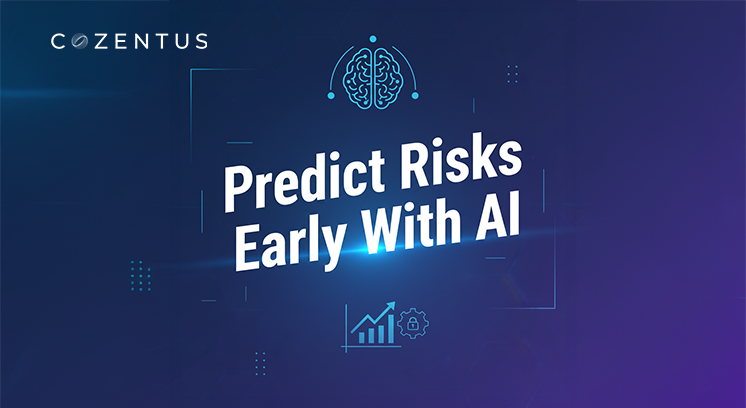There has been a significant shift in how we approach supply chain demand forecasting: we transitioned from a focus on supply—what and how much to deliver or replenish—to a demand-driven supply chain visibility solutions, which put too much emphasis on the intermediate objective of precise demand forecasting in supply chain management.
Worse, previous demand forecasting technologies could not handle high variable demand.
Inventory and service levels get out of balance throughout the network and hence out of sync with business goals.
It results in exorbitant expenses, waste, and obsolescence.
Editor’s Note:
Even under ideal conditions, which do not exist in 2020, forecasting demand is impossible. Due to quick customer demand variations, demand forecasting in supply chain management is a big challenge for real time supply chain visibility management professionals.
What exactly is Demand Forecasting?
It's critical to consider the fundamentals while preparing your demand prediction.
Because there are so many moving pieces, it requires various abilities to complete them well.
Demand forecasting estimates product demand, supply, and price in supply chain management.
It also includes competition intelligence, data collection from suppliers, and the search for trends to anticipate future performance.
In today's volatile supply and demand environment, demand forecasting in supply chain management must account for unpredictability while remaining focused on delivering service to your clients.
The Process of Demand Forecasting
We've thrown a lot of information at you in a hurry, but sales forecasting is nothing more than using historical sales data to predict customer demand in the future.
The method may be divided into qualitative and quantitative methods, which depend on different resources and data sets to extrapolate valuable sales data.
The quantitative forecasting approach is applied when there is historical sales data on certain items and a pre-established demand.
On the other hand, the qualitative technique is based on developing technologies, price and availability changes, product lifetime, product updates, and, most significantly, the forecasters' intuition and experience.
4 Success Strategies for Demand Forecasting in Supply Chain
As the post-COVID supply chain deficit continues, you may be scratching your head and asking how to predict in the face of so much uncertainty. Here are four ways supply chains like yours have used to succeed at demand forecasting, whether you work in manufacturing, retail, or another sector.
- Plan for uncertainty with probabilistic forecasting
Because getting your prediction correct is an unachievable aim, you should concentrate on the uncertainty inherent in demand.
That is why probabilistic forecasting is a game changer for supply chain visibility solutions, assisting organisations in improving their resilience during times of crisis, better serving their consumers, and ultimately providing the maximum returns to their shareholders.
- Improving supply chain forecasting with ML
Machine learning is one of the top three technical investments supply chain executives expect to make to change their supply chains. Seasonality, new product releases, promotions, and causative variables can worsen forecasting complexity and quickly alter customer demand, making demand planning exceedingly complicated.
Organisations are using machine learning for demand forecasting more than any other aspect of supply chain planning. Machine learning in supply chain may reduce prediction inaccuracy and lost revenue by more than 30%. As you work to enhance your supply chain demand forecasting, it's critical to identify your forecasting maturity level and how to proceed.
- Begin to automate demand forecasting techniques
In the face of increasing supply chain complexity, the function of the supply chain planner has been enhanced. Automation of real time supply chain visibility & planning frees planners to make strategically important choices while enabling new levels of business performance.
Elements of supply chain planning are excellent for outsourcing because computers can perform analytical activities and repetitive computations quicker and more precisely than people.
- Master supply chain forecasting for intermittent demand
Consumers demand more diverse product selections, which implies more sporadic demand and slow-moving inventories. The key to predicting intermittent demand is to properly and consistently estimate demand in both the "head" (fast-moving goods that are simpler to anticipate) and the "tail" (slower-moving things that are more difficult to forecast) (slow-moving or intermittent demand items).
Bottom Line
Forecasting demand is critical to good supply chain management. Demand planning and forecasting can assist you in keeping up with changing market circumstances by providing frequent information on current market demand and predicted change. However, for demand planning, it is essential to collaborate with a trustworthy partner or to outsource comprehensive planning and strong supply chain management.
Recent Post
Subscribe to our newsletter
Stay updated on latest trends and news in the supply chain and logistics industry








